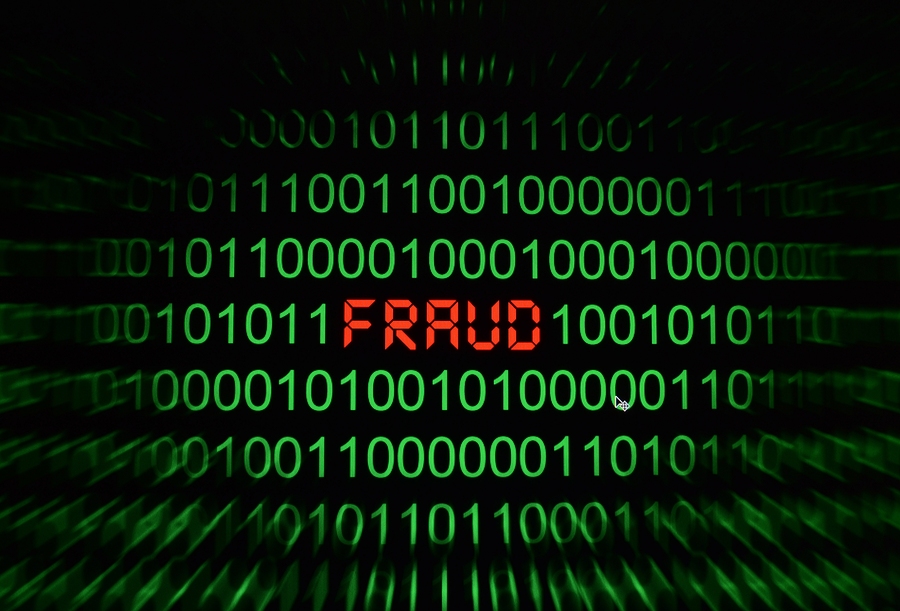Fraudsters are more often caught by tip-offs and complaints, management review, accidentally, suspicious superiors and internal audits than by use of technology and data analytics.
According to consulting firm KPMG, North companies are not capitalizing on the use of data analytics and technology while fraudsters are finding new ways to use technology to commit fraud.
KPMG recently asked forensic specialists worldwide for details about 750 fraudsters investigated between March 2013 and August 2015 in 81 countries. The resulting report is titled, “Global Profiles of the Fraudster.”
KPMG’s analysis revealed that proactive data analytics was not the primary means of detection in any North American frauds, and organizations only used data analytics to detect three percent of fraudsters worldwide.
In addition, technology “significantly enabled” 29 percent of the 110 fraudsters analyzed by KPMG in North America and 24 percent of the 750 fraudsters analyzed worldwide.
In descending order, North American frauds were most often detected by tip-offs and complaints, management review, accidentally, suspicious superiors and internal audit.
“Companies can use advanced data analytics technology to search for suspicious and unusual business activity amid millions of daily transactions,” said Phillip Ostwalt, partner and Global Investigations Network Leader at KPMG LLP. “However, many are not capitalizing on such technology while fraudsters find new ways to gain access to confidential information, manipulate accounting records and camouflage misappropriations.”
In instances where fraudsters used technology to perpetrate frauds in North America, 35 percent included creation of false or misleading information in accounting records; 29 percent involved providing false or misleading information via email or another messaging platform; and 21 percent involved abusing permissible access to computer systems.
A higher proportion of frauds aided by technology may be skirting internal controls designed to detect them, according to analysts at KPMG, who found that 25 percent of frauds significantly enabled by technology were detected by accident rather than by other means, whereas 10 percent that did not use technology were spotted by accident.
Weak Controls
Fraud is less likely to occur in companies with strong controls that monitor for unusual transactions through deploying analytical routines, or where the company invests in resources to defend against fraud, such as an internal audit function, KPMG said.
However, despite the increasing threat of newer types of frauds, such as cyber fraud and continued traditional forms of wrongdoing, companies are not focusing on strengthening controls. Weak internal controls contributed to 59 percent of frauds in North America.
“In addition to ensuring internal controls are thoughtfully designed, companies should deploy effective training and instill a culture of integrity so that controls are properly executed,” said Ostwalt. “Companies should also adopt new controls as their risk profiles change. Ongoing risk assessments can help cost-constrained companies ensure they are properly investing in such controls.”
Additional Findings
- Women Narrow the Gap – The KPMG study reflected that men are more likely to collude on frauds than women at 66 percent versus 45 percent worldwide, respectively, but women are catching up. Forty-seven percent of fraudster groups included both genders in 2015 versus 34 percent in 2010.
- Fraudsters Cause Greater Damage Together – In North America, 43 percent of the frauds involving collusion cost the victim company over $1 million. However, only 22 percent of fraudsters that acted alone inflicted a cost of over $1 million.
- Threat Comes From Within – Fifty-six percent of North American fraudsters were employed by the company, with more than half being executives or management.
Who is Today’s Fraudster in North America?
• 65 percent are between ages 36 and 55
• 39 percent are employed by the victim organization for over six years; most in operations, finance or office of the chief executive
• 42 percent operate in groups and 52 percent of collusive frauds involved external parties
Source: KPMG
Was this article valuable?
Here are more articles you may enjoy.


 Viewpoint: How Generative AI Enables a Brighter Claims Future in 2024 and Beyond
Viewpoint: How Generative AI Enables a Brighter Claims Future in 2024 and Beyond  Supreme Court Allows More Transport Workers to Bypass Arbitration and Sue Employers
Supreme Court Allows More Transport Workers to Bypass Arbitration and Sue Employers  California Chiropractor Sentenced to 54 Years for $150M Workers’ Comp Scheme
California Chiropractor Sentenced to 54 Years for $150M Workers’ Comp Scheme  US Eyeing Ship’s Electrical System After Baltimore Bridge Crash
US Eyeing Ship’s Electrical System After Baltimore Bridge Crash 